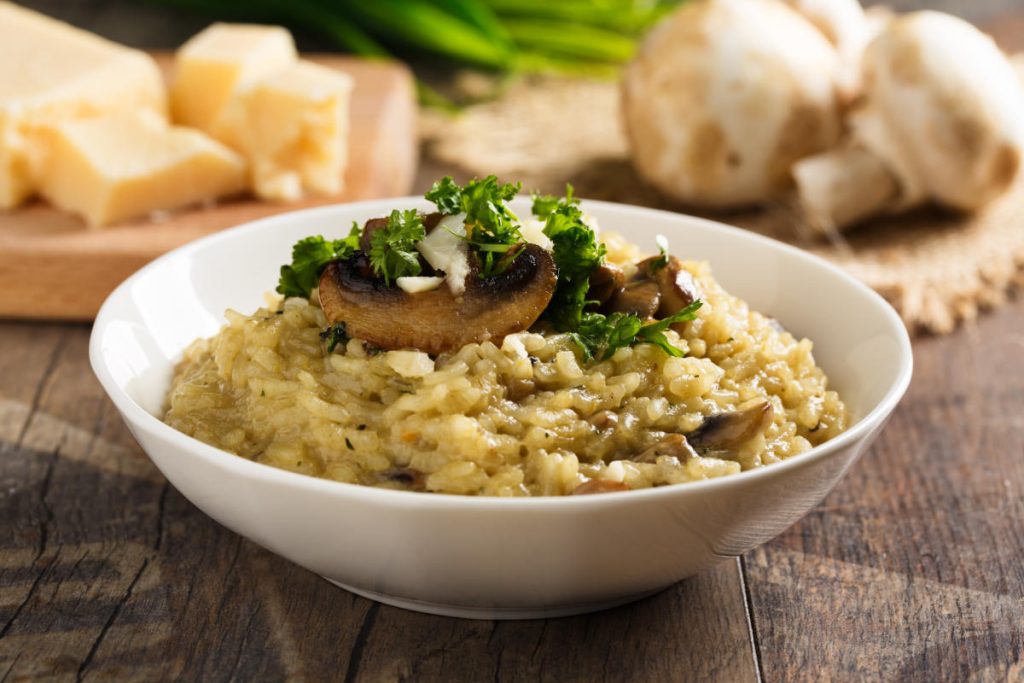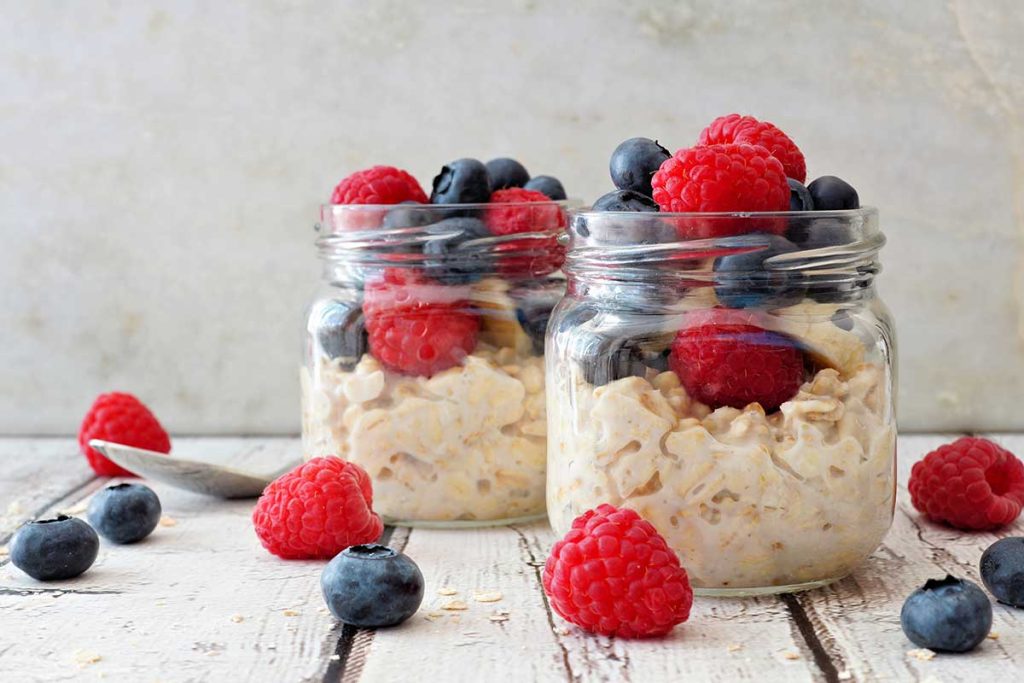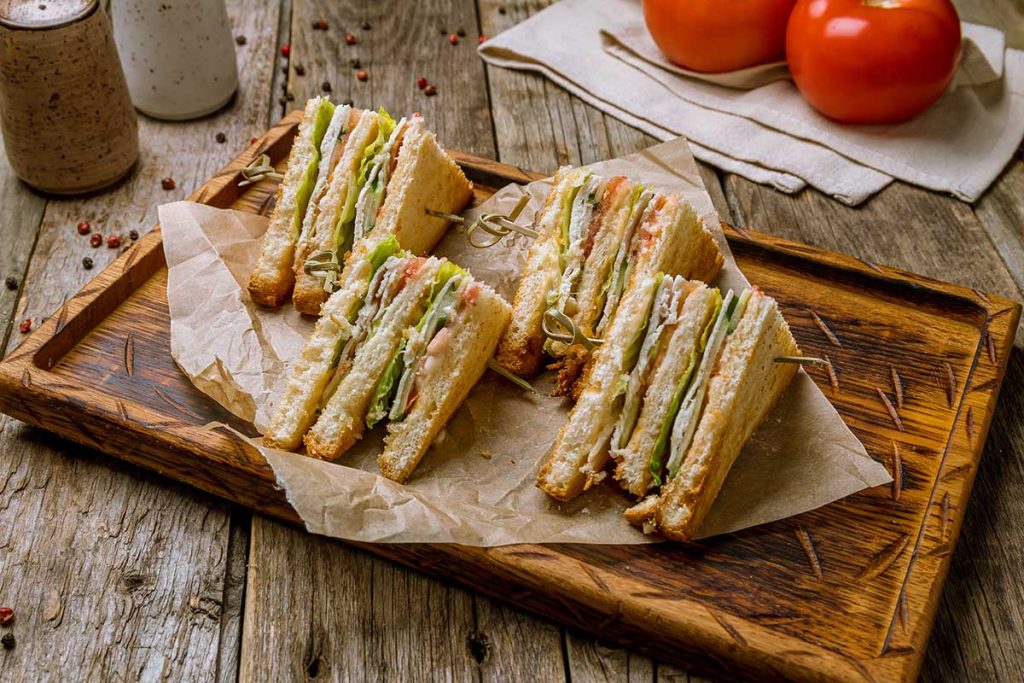Recipes
Apple pie
This no-frills apple pie is quick and easy to whip up – and is delicious!
This recipe can help you with:
- Nausea and vomiting
- Lack of appetite
- Flatulence
- Difficulty chewing and swallowing
- Constipation
- Inflammation of the mucous membrane in the mouth
- Ascites
- Ileostoma
Preparation time: 1 hour
Serves: 4
What you’ll need
- 4 apples (preferably tart)
- 3 eggs
- 125 g of flour
- 125 g of sugar
- 125 g of margarine
- 1 tsp of baking powder
- Icing sugar
- 1 tsp of ground cinnamon
- 30 g of sultanas
This is how it works
- Preheat the oven to 160 °C.
- Peel and core the apples, then cut them into wedges.
- In a bowl, beat the margarine, eggs and sugar with an electric whisk until fluffy. Then add the flour, baking powder, sultanas and cinnamon. Mix until you have a homogeneous dough.
- Grease a springform baking tin (26 cm) with a little butter and spread the dough in it.
- Arrange the apples on top of the dough.
- Bake for 45 minutes, let the pie cool on a rack and sift some icing sugar over the top before serving.
Tip: this pie is ideal for home freezing – and defrosting is also a breeze if you pop it into a warm oven or in the microwave on defrost for a few minutes.
This recipe can be good for
- Nausea and vomiting: Eat whatever you can stomach! If the baking aroma is too much for you, try opening a window or asking someone to bake it for you.
- Lack of appetite: the heavenly aroma of a freshly baked pie can get your mouth watering – so why not give in to temptation and treat yourself? You can freeze whatever you can’t finish in one go and tuck in again whenever you like.
- Bloating: if bloating bothers you, simply leave out the sultanas so the pie won’t contain anything that could promote wind. Without the sultanas, this pie is the one for you.
- Difficulty chewing and swallowing: this apple pie is soft and fluffy since the apples are peeled and cooked. To make the pie easier to chew and swallow, try cutting the apples into smaller pieces before baking and adding a dollop of whipped cream to make things slip down more easily.
- Constipation: you can help to get things moving by baking the pie with wholemeal flour and unpeeled apples. Also, to further aid your digestion, you can try adding one more apple to the pie to increase the amount of dietary fibre it contains.
- Inflammation of the mucous membrane in the mouth: this pie delivers little mouthfuls of pleasure without irritating the inside of your mouth. If you are in severe discomfort, try using less acidic apples and cutting them into smaller pieces before baking.
- Ascites: even if you can only eat a small slice of this delicious pie, it will still deliver lots of energy. It’s also ideal for home freezing – perfect if you’d like to save some for a later date. If bloating is bothering you, try reducing the amount of margarine and sugar.
- Ileostoma: you can indulge in this pie without regret – and freeze some to enjoy at a later date.
Caution with:
- Stomach resection: simple carbohydrates can promote dumping syndrome. For this reason, you might want to make the pie with less sugar.
- Bloating and heartburn: if you are in severe discomfort, try adding less fat and sugar. And it’s a good idea to eat a little and often rather than a lot in one go.
- Taste disorders: if you find that very sweet foods taste unpleasant to you, try adjusting the amount of sugar to suit your palate.
Author: Christiane Hübbe| Reviewer: Dipl. oec. troph. Karin Kastrati
Sources:
- Specialist Society for Nutritional Therapy and Prevention (FETeV), cancer diseases – nutritional therapy, specialist article, July 3rd, 2022, retrieved on September 6th, 2022 from
- https://fet-ev.eu/cancer-diseases-nutrition-therapy/#taste-changes
- Cancer Association Baden-Württemberg e.V.; NUTRITION IN CANCER Brochure 01/2021 accessed 06/09/2022 from
- https://www.krebsverband-bw.de/mehr-wissen-besser-leben/broschueren
- German Cancer Aid and German Cancer Society: Blue guide on nutrition for cancer, information brochure, 01.2021, retrieved on 06.09.2022 from https://www.krebshilfe.de/infomaterial/Blaue_Ratgeber/Ernaehrung-bei-Krebs_BlaueRatgeber_DeutscheKrebshilfe.pdf
- German Cancer Society e. V., taste disturbance as a side effect of cancer therapy, information article, 04/18/2017, retrieved on 09/06/2022 from
- https://www.krebsgesellschaft.de/onko-internetportal/basis-information-krebs/nebeneffekten-der-therapie/beschwerden-bei-krebstherapien-und-gegenmassnahmen/ges.html
- Specialist society for nutritional therapy and prevention, nutrition in constipation (constipation), 07.06.2022, retrieved on 06.09.2022 from
- https://fet-ev.eu/obstipation-nutritional therapy/
- Nutritional practice oncology, treatment algorithms, intervention checklists, advice recommendations, Schattauer Verlag, 2016
- Breast cancer center, swallowing difficulties after chemotherapy, information article 2021, retrieved on 06.09.2022 from https://www.brustkrebszentrale.de/leben/ernaehrung/schluckbeschwerden-nach-einer-chemotherapie/#:~:text=Schluckbeschwerden%20und%20andere% 20problems%20of%20the%20processing%20of%20the%20cancer%20therapy.
- Institute for Nutritional Medicine, nutritional recommendations for stoma systems, specialist article, April 2016 retrieved on 09/06/2022 from https://www.mri.tum.de/sites/default/files/seiten/stoma-anlage_april-2016.pdf
- German Cancer Society e. V., taste disturbance as a side effect of cancer therapy, information article, 04/18/2017, retrieved on 09/06/2022 from
- https://www.krebsgesellschaft.de/onko-internetportal/basis-information-krebs/nebeneffekten-der-therapie/beschwerden-bei-krebstherapien-und-gegenmassnahmen/ges.html
- Specialist society for nutritional therapy and prevention, nutrition in constipation (constipation), 07.06.2022, retrieved on 06.09.2022 from
- https://fet-ev.eu/obstipation-nutritional therapy/



